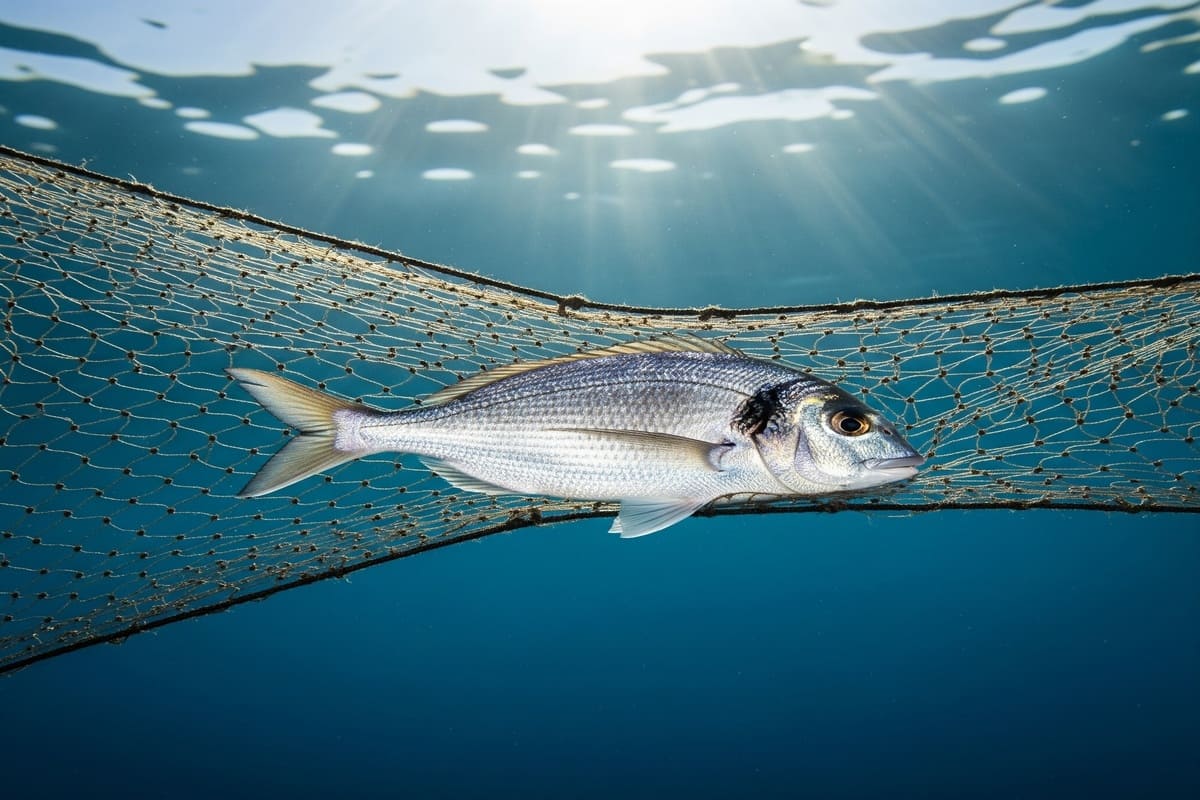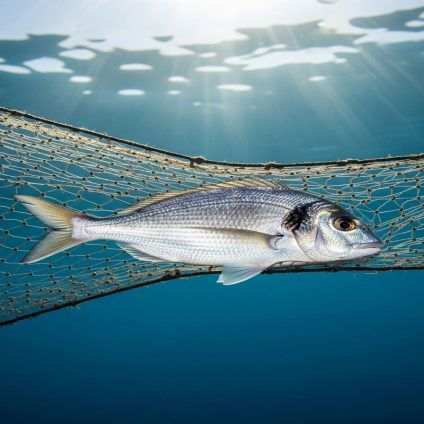In the Mediterranean and Black Sea, 65% of fish are caught unsustainably, but the number of fishing vessels has dropped by one-third over the past 10 years.

Unsustainable fishing is depleting the ocean, warns the UN
Unsustainable fishing now makes up 35% of all global fishing activity. At the Third United Nations Ocean Conference currently taking place in Nice, the “catch of the day” isn’t a fresh sea bass, but a troubling data point: a significant portion of the world’s fish stocks is being exploited beyond sustainable limits. This is the conclusion of the FAO’s latest study, which underscores how global warming, illegal fishing, and environmentally damaging practices are threatening marine ecosystems.
Human actions are steadily draining the ocean, yet it is humanity that holds the power to reverse this trend. That’s the central message of the report presented yesterday in Nice by Manuel Barange, Deputy Director-General of the FAO. He noted that we are harvesting more fish than the ocean can naturally replenish: “We are depleting marine populations.”
A global snapshot of marine fish stock health
The report is based on data from 2,570 fish stocks, the most comprehensive dataset FAO has analyzed to date. The picture it paints is complex: more than one-third of global fish stocks are overfished. Yet there is a hopeful figure, 77% of the fish consumed worldwide comes from legal and sustainable sources.
The conclusion is clear: when fishing regulations are in place and enforced, it is possible to fish without harming marine ecosystems.
Regional trends show stark contrasts
The state of sustainability varies significantly by region. Along the Pacific coasts of the United States and Canada, 90% of fishing activity is sustainable. Australia and New Zealand also report strong figures, with 85% sustainability. In Antarctica, strict international agreements have led to 100% sustainable fishing.
By contrast, the situation is dire off the northwestern coast of Africa, from Morocco to the Gulf of Guinea, where more than half of marine resources are overexploited. The Mediterranean and Black Sea fare even worse: 65% of fish stocks are not harvested sustainably. However, there is a silver lining. In the last decade, the number of fishing vessels operating in these two regions has dropped by nearly a third, hinting that policy measures may be starting to take effect.
Tuna offers a model for recovery
Tuna populations are faring better than most. According to the FAO report, 87% of tuna stocks are now sustainably fished, and 99% of the global tuna market is sourced from these stocks. “That’s a meaningful comeback,” Barange noted. “We’ve taken the issue seriously, implemented monitoring systems, and developed effective management tools. What we lost in one generation can return in the next.”
A scalable model for global action
The FAO hopes this report will drive momentum beyond the Nice conference. The agency worked closely with 25 regional fisheries management organizations to produce the analysis. It’s a model that can be replicated, if political will aligns with science.
Link to full FAO report:
[FAO Report on the State of World Marine Fishery Resources 2025]












